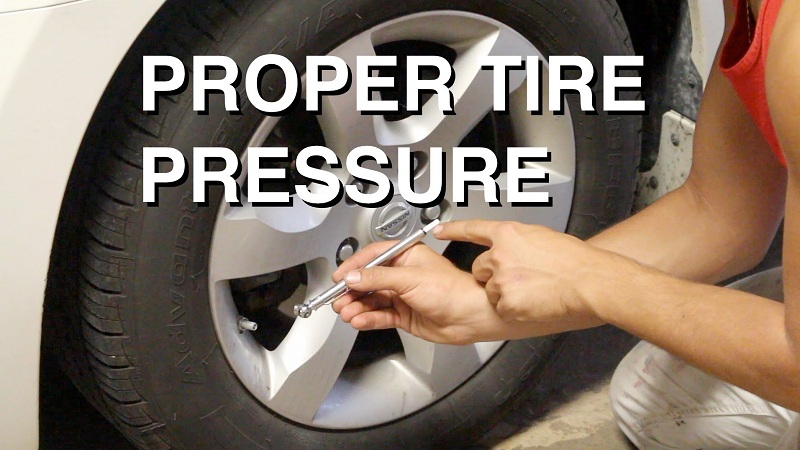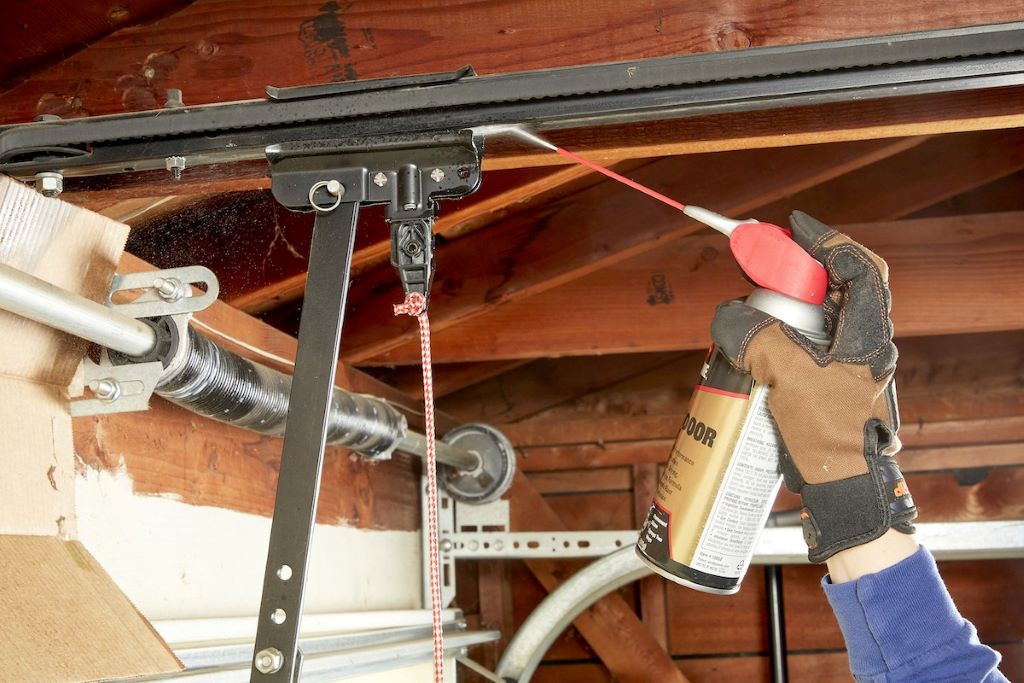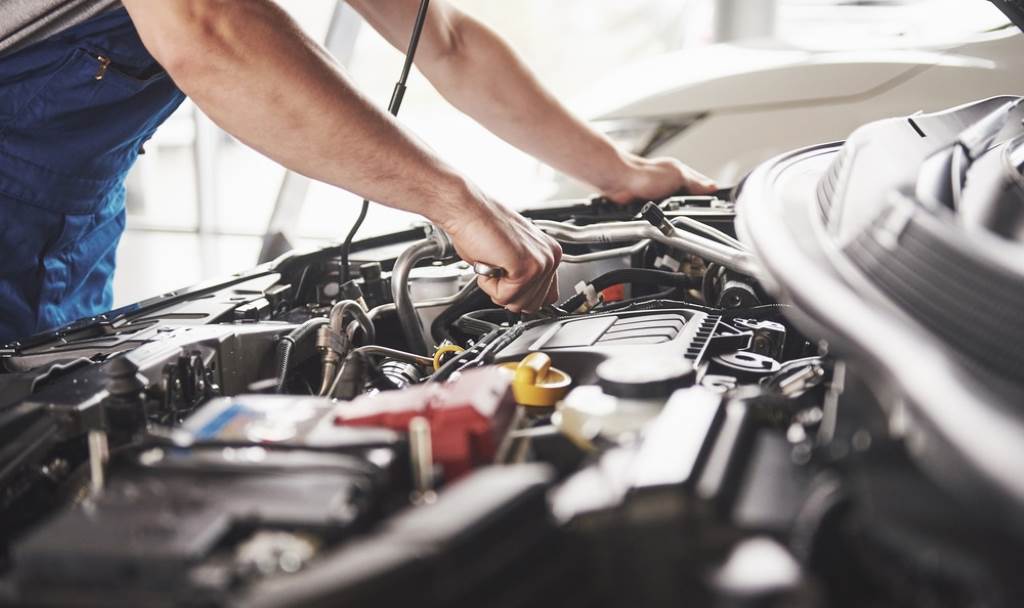According to a study carried out jointly by Soledad and Michelin Tires at the beginning of 2010, 54% of drivers drive with incorrect tire pressure in their vehicles, which has an impact on the duration of the tires and, much more importantly, insecurity. Now that most of us will make long trips to our holiday destinations, it is even more important. Remember that we already talked about this series of tips on how to properly load the boot and on how to measure the oil level.
Each car manufacturer selects, tests and approves different tires for each model, following criteria of weight, performance, size … The weight and speed indexes are two very important criteria in the selection of tires to determine the pressure that must be applied to them.
The indications on the pressure to be applied to your tires are usually found in the interior of the gas tank access door, in the driver’s door frame, in the vehicle manual and sometimes (the less ), in the engine compartment. If you do not locate this essential information in one of these places, you can search the Internet or ask the manufacturer, but almost certainly in 99% of cases, you find it there. Continue reading- Air Conditioning Spends Fuel: How To Save
Two indications will appear for the pressure of your tires: heavily loaded vehicle or on highway or vehicle with the normal load. Depending on the vehicle, there are different pressures on the front and rear wheels.
Manufacturers generally recommend that the tire pressure is checked cold. This means that you should not have traveled more than 3 to 5 kilometers in the two hours before measuring the pressure. If not, if in the middle of a trip you stop at a service area and you have to take the pressure with the tires still hot, you would have to add 0.3 bar to the indicated pressure (1 bar = around 1kg / cm2). Of course, it never hurts to re-control the pressure when the tires are cold. And keep this in mind: when hot, never reduce the pressure below the recommended one.
If you have a little-inflated tire, even slightly, it is easier to warm up and can burst at any time. In addition, it will accelerate the wear of the tread on the sides and increase the consumption of gasoline. But carrying them too swollen does not help either: the tread of an overinflated tire will wear much faster in the center and will be more vulnerable if it is driving on a poor road. So you know, take the pressure gauge (it’s the device with which to measure the pressure, which you can locate at any gas station), and adjust the pressure of the tires properly.
Before finishing, we give you some other tips related to your tires:
Check the tire pressure once a month, more or less, especially if there is a sudden change in temperature.
The valve plugs are essential to ensure a good seal. Do not be stingy (they cost a few cents) and try to change them when you build new tires.
Inflate the spare wheel to the maximum, within the authorized limit. Air losses will always occur and thus prevent it from being too deflated.
If you have caravans or trailers on your trip, the pressure of the car’s rear tires increases to 0.4 bar (cold) compared to the “normal use” pressure. If the “rear other uses” pressure is already higher by 0.4 bar, use that pressure, which is appropriate.
For caravan or trailer tires, if you do not have the pressure advice that the caravan or trailer builder should provide, inflate to 3 bar cold.
You may like this- How To Identify A Leak In The Radiator





